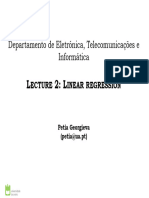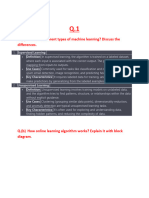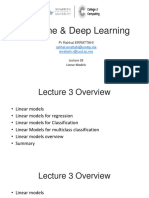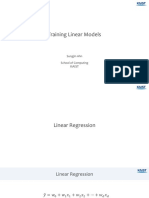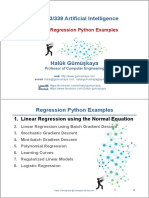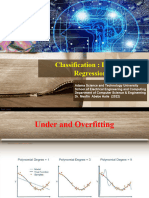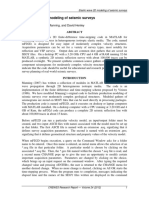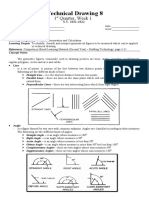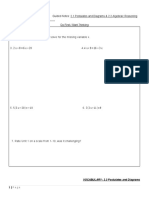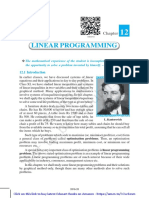0% found this document useful (0 votes)
23 views44 pagesLecture04. Training Models (Regression in Chapter 4)
Uploaded by
emad qediesCopyright
© © All Rights Reserved
We take content rights seriously. If you suspect this is your content, claim it here.
Available Formats
Download as PDF, TXT or read online on Scribd
0% found this document useful (0 votes)
23 views44 pagesLecture04. Training Models (Regression in Chapter 4)
Uploaded by
emad qediesCopyright
© © All Rights Reserved
We take content rights seriously. If you suspect this is your content, claim it here.
Available Formats
Download as PDF, TXT or read online on Scribd
/ 44

